Pandemic Spotlights Racial Disparities in Education
Young people of color in middle schools and high schools across the region faced educational barriers before the coronavirus pandemic, but the crisis has heightened the racial disparities that exist in education.
That’s according to Karen Howell-Clark, United Way of King County senior director of education strategies, who spoke to Champion donors during a recent briefing about the challenges brought on by COVID-19.
Howell-Clark said that “education is the most essential ingredient in a thriving community, and it is one of the clearest pathways out of poverty.”
Education programs that support young people of color are faced with two different types of crises, “COVID and racial reckoning,” Howell-Clark said. “Our programs have allowed us to really understand the emerging needs that we’re seeing in COVID.”
United Way has several avenues for supporting young people to finish their education.
One program, Reconnecting Youth, launched in 2014, seeks to have youth reengage with their education by working with community partners across the county. Some 3,500 young people have earned a high school credential through this work.
Jamalia Jones, program manager for YouthSource, a King County agency that supports young people ages 16 to 24 who have dropped out of school, said too often, traditional school doesn’t work for youth of color. YouthSource offers pathways for them to get a GED or high school diploma.
“For a lot of our young people who have not had positive experiences in traditional school, it’s important that when they get to us, we receive them with love and compassion,” Jones said, “But it’s also important that they see people that have similar lived experiences. I’ve been very intentional to hire staff of color. Our staff is 70% people of color.”
“A lot of students say to us that their teachers don’t understand what they’re going through. They don’t look like us.”
jamalia jones
Jones said 80% of the young people YouthSource serves are of color.
“A lot of students say to us that their teachers don’t understand what they’re going through. They don’t look like us,” she said.
You can view the full video here:
Howell-Clark said too many students, approximately 10,000 young people, left high school before graduation, so United Way recently started working on measures to support youth staying on track with their education.
“We work to prevent students from leaving school,” said Howell-Clark. “We work with intentional focus on supporting middle and high school students of color in navigating a system that we know was not created for them.”
One of United Way’s more recent initiatives, Love and Liberation, seeks to reverse a stagnant graduation rate that is too low, especially for youth of color. Love and Liberation works on preventing these youth from dropping out of school before they earn a high school degree.
Ruel Olanday Jr., who leads Love and Liberation for United Way, told the donor group that the program uses positive cultural identity to engage with young people in their own history, race and ethnicity to build soft and hard skills. This builds leadership development and advocacy, skills that youth can use to reach academic success.
The program is working with 15 non-profit agencies that are led by Black, Indigenous and other people of color to provide services in different racial and ethnic communities, Olanday Jr. said.
For example, Olanday Jr. said, Black organizations use mentoring for leadership development. Native American organizations use story-telling and theater to reach youth.
Olanday Jr. said the pandemic has “drastically changed” the way the work is being done in education services.
“Moving to digital has increased some barriers,” Olanday Jr. said. “Some of the biggest issues are not related to education. We’re seeing people and families having to modify their lives—not going to school, not getting regular meals, childcare. Parents have lost jobs.”
“When you work with young people, they provide feedback, and we realize they’re the product of the society we built.”
ruel olanday jr.
Olanday Jr. said United Way is using flexible funds to cover basic needs, like rental assistance or food support. “These are passive ways of supporting education,” he said.
One of the key goals of Love and Liberation is to promote advocacy. “The idea is that we recognize that people are experts on their own experience, young people included,” Olanday Jr. said.
“When you work with young people, they provide feedback, and we realize they’re the product of the society we built,” he continued. “They have yet to be jaded and yet to be trained to mask what they’re feeling, so they are brutally honest. And when they’re brutally honest, they can call out where the discrepancies are in our work.”
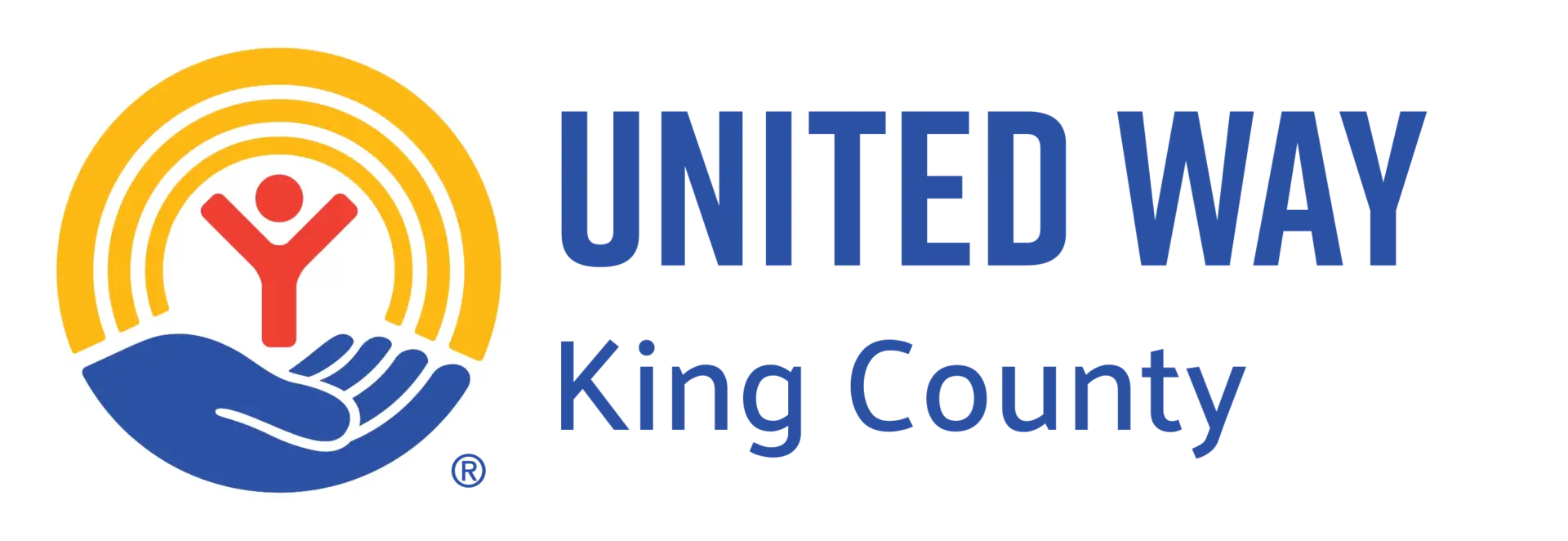
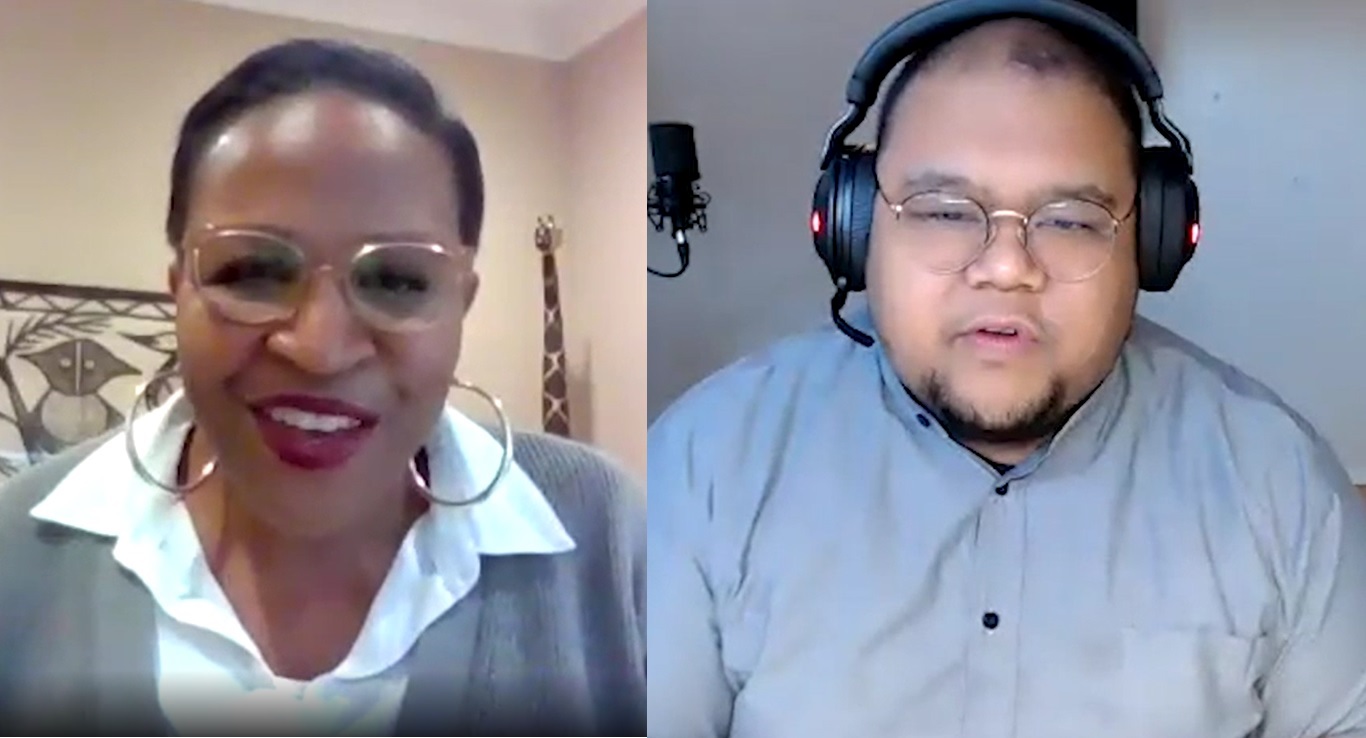
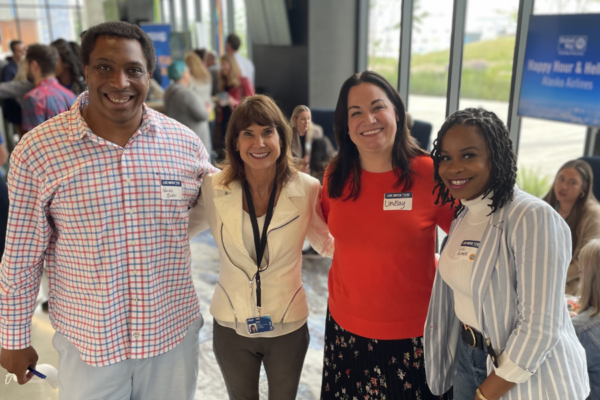
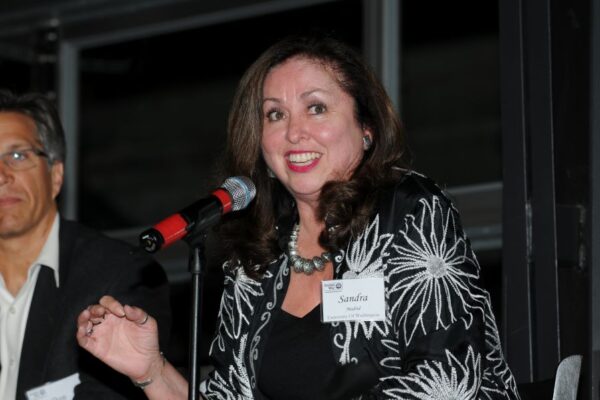
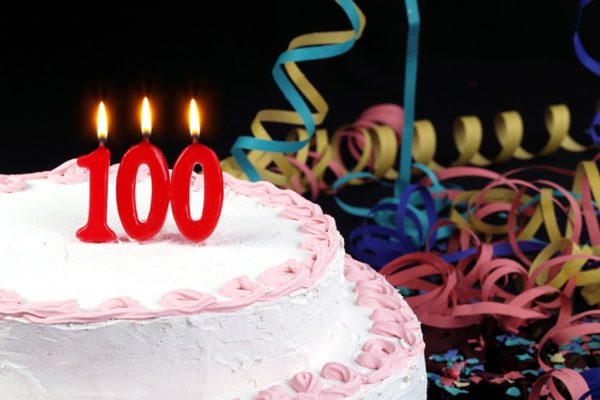
Comments